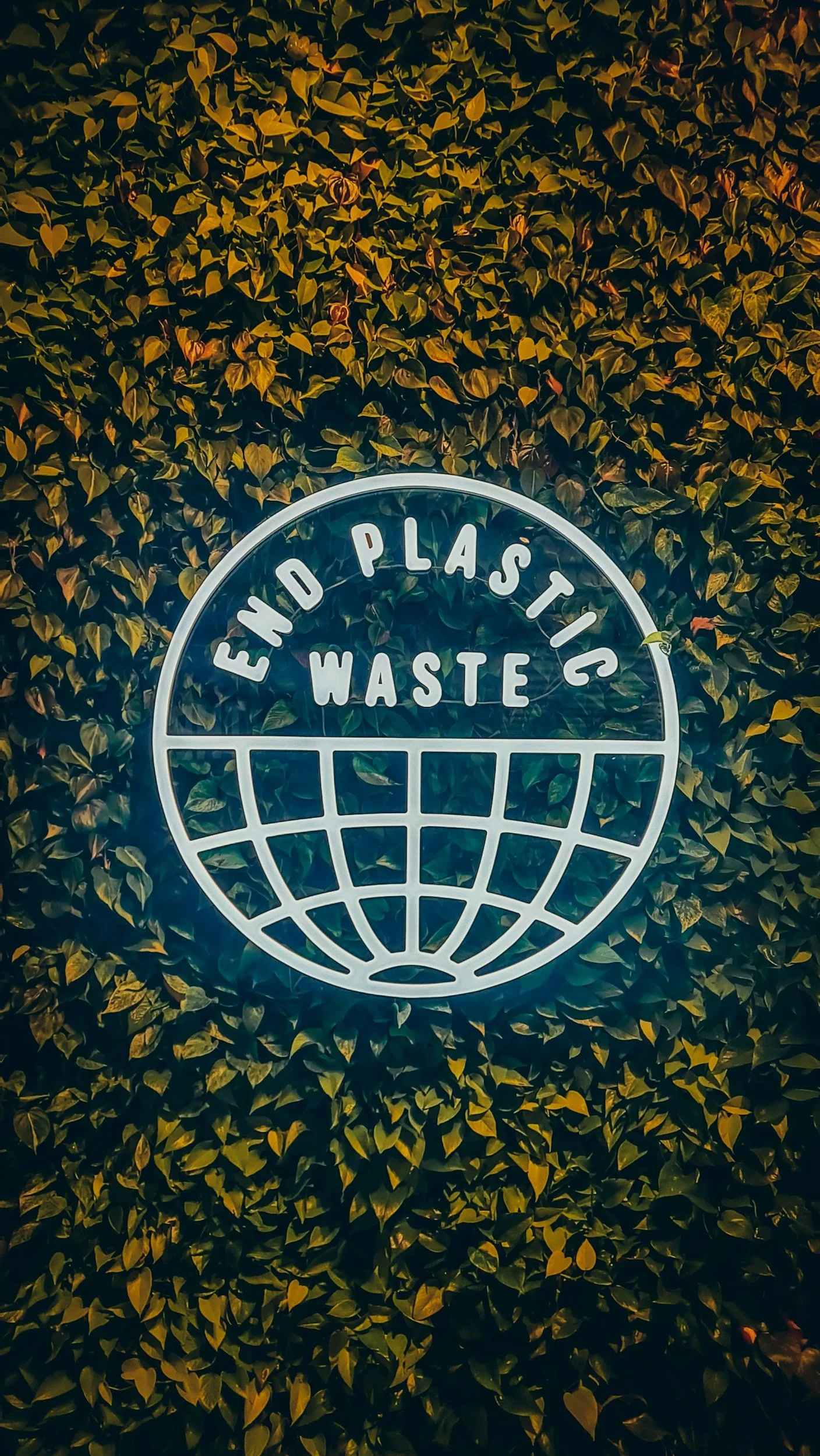Addressing PFAS Pollution: Why Sustainability Starts at the Source
/In a world increasingly focused on sustainability and environmental health, one of the most pressing challenges we face is PFAS contamination. Known as “forever chemicals” for their persistence in the environment, PFAS are a testament to the unintended consequences of human innovation. These chemicals have infiltrated ecosystems, contaminating water supplies, soil, and food chains. However, the growing awareness of this issue brings hope, as solutions are emerging — and they begin at the source.
Read More












































